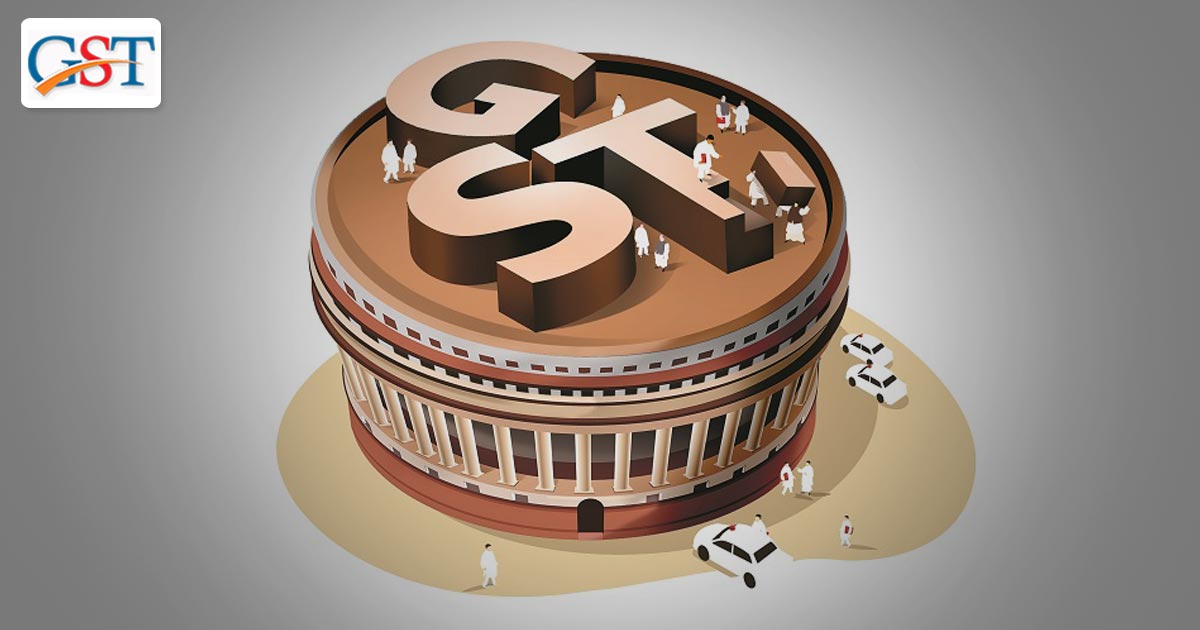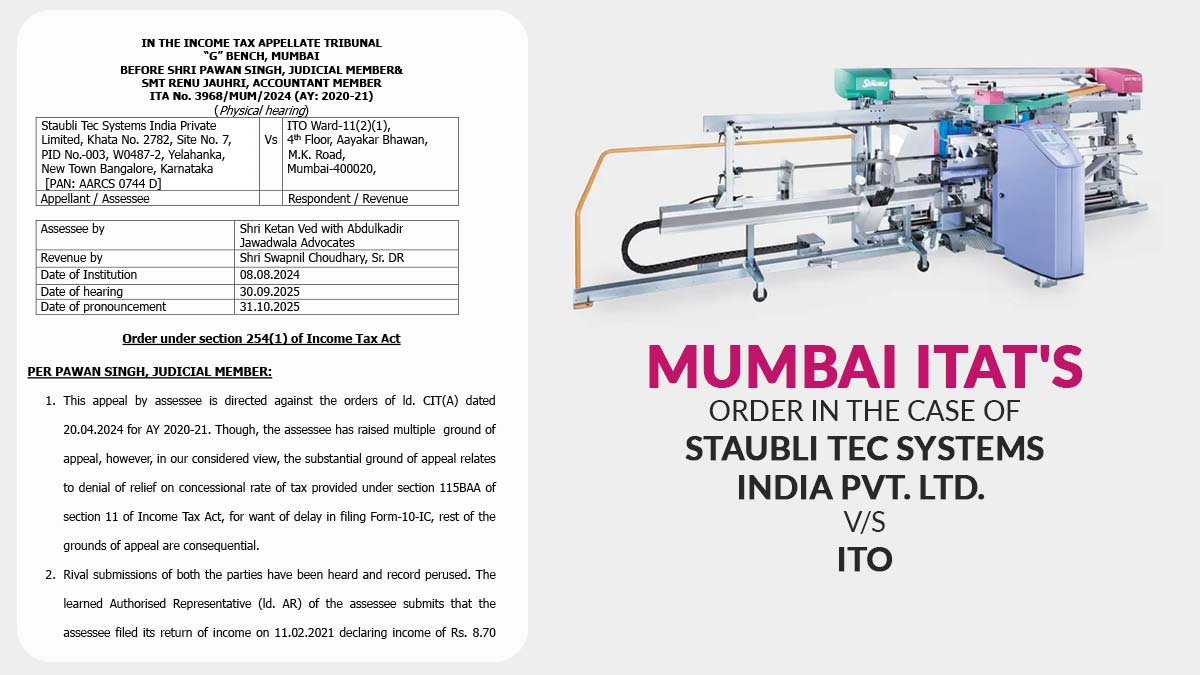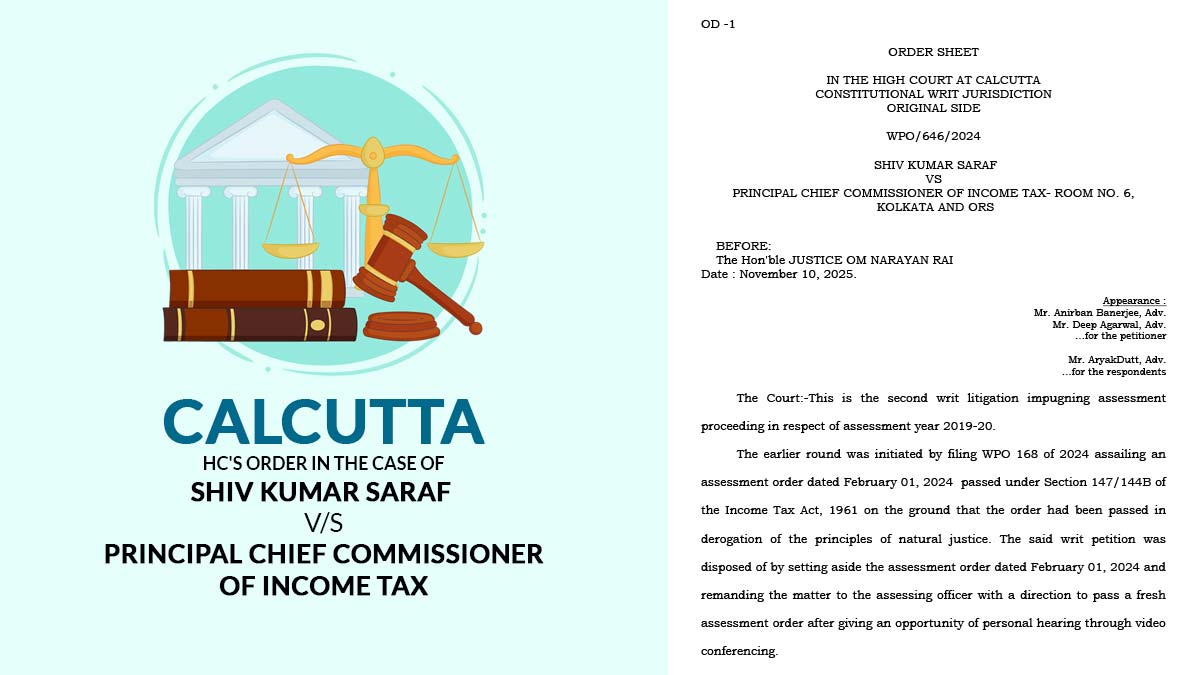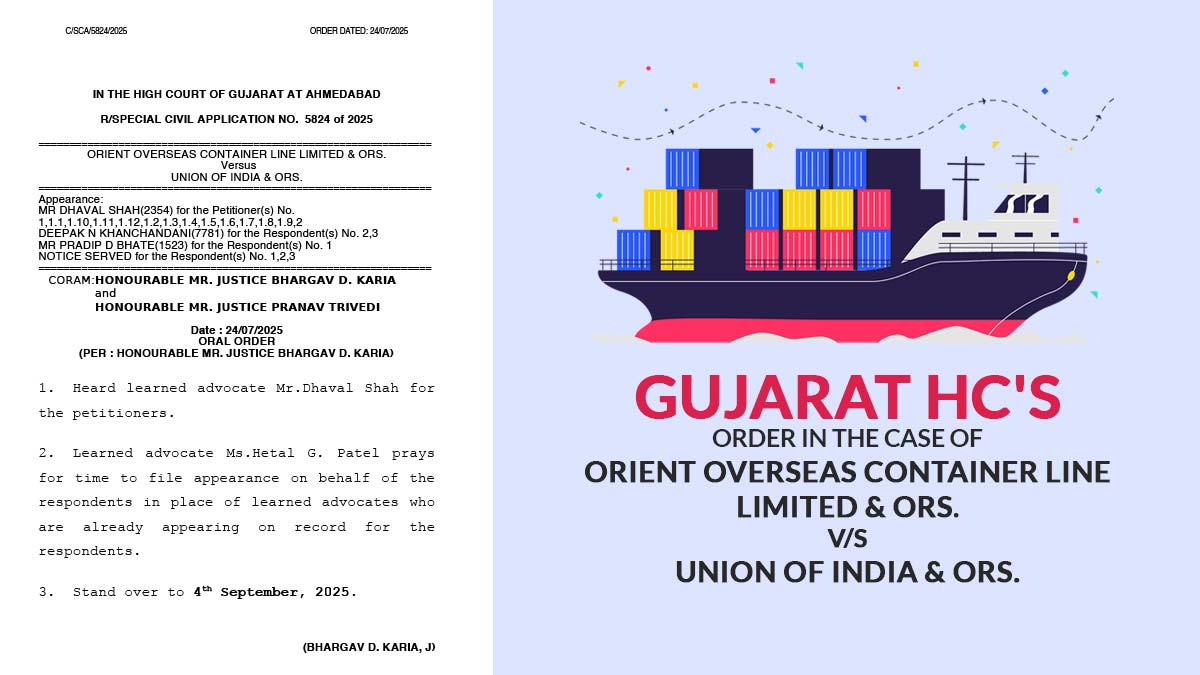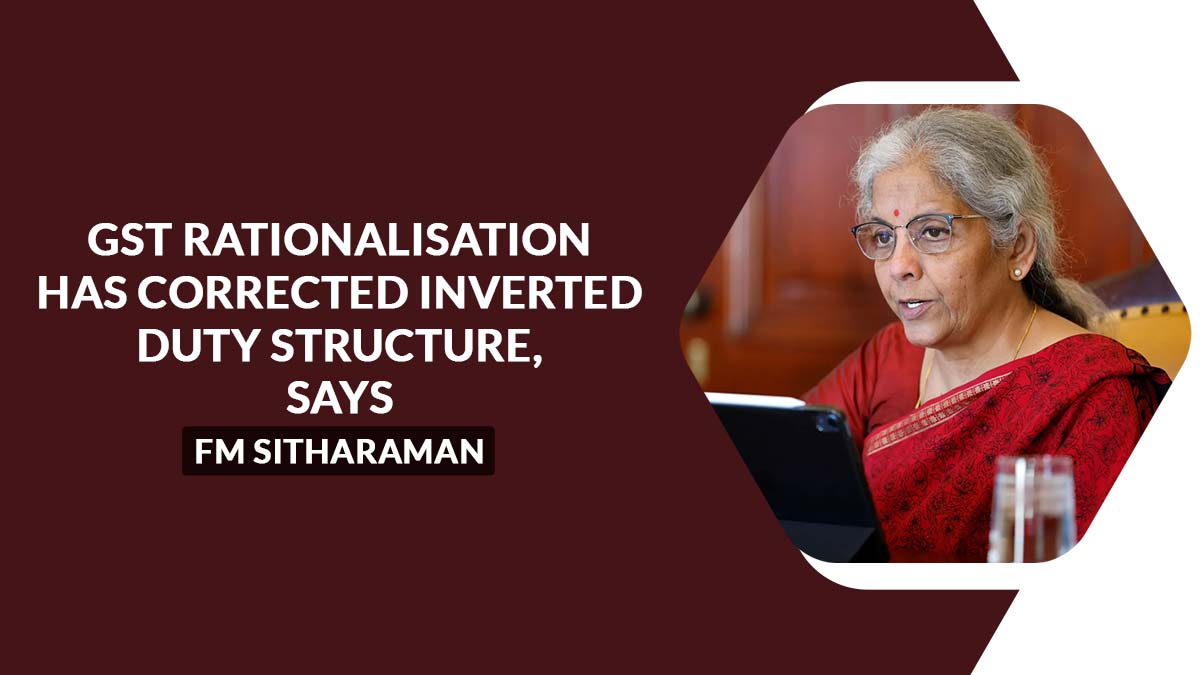According to the report, 11 states across India would demand the compensation of revenue loss from the Central Government after the implementation of the Goods and Services Tax (GST) Regime. State revenue was fixed 16.6 percent for 2018 as against 2016 under the new regime, 11 states across India would require an additional compensation nearly of Rs 9,500 crore from the Centre during this year
According to India Ratings, “All states combined will grow at a CAGR of 16.6 per cent in FY18 over FY16 under the new goods and services tax regime, but since the picture at the individual state level differs, 11 states will need a Rs. 9,500 crore Central support this financial year.”
Agency said that, some of the large states namely Andhra, Gujarat, Chhattisgarh, Himachal, Punjab, Odisha, MP and Tamil Nadu would demand for compensation from the Centre of around Rs 5,600 crore as revenue loss in Financial Year 2018, whereas smaller states such as Goa, Jharkhand, and Jammu & Kashmir would demand nearly Rs 3,900 crore.
It is expected that the state’s’ own tax revenue will fall nearly by 15.5 percent in FY 18, whereas, baseline scenario fixed with a 16.6 per cent. Under the new indirect tax regime, input tax credit facility is available on both, goods as well as services.
As per the report, “The total compensation amount, therefore, would increase to Rs 9,500 crore in FY18 (baseline scenario Rs 5,600 crore). This is based on the assumption that in the final production of goods and services, service tax accounts for 10 per cent.”
Agency said, “If we combine the 5 percent efficiency gain with 10 per cent input tax credit on services tax, then only five states namely Chhattisgarh, Gujarat, Odisha, Punjab and Tamil Nadu would need compensation from the Centre and total compensation amount would drop to Rs 3,700 crore in FY18.” By adding that, it is expected that after the implementation of GST will improve the financial condition of the states over the coming future.
Nine- state levies which are combined in GST namely, VAT, purchase tax, central sales tax, luxury tax, entertainment tax (excluding levies by local bodies), taxes on lotteries, betting and gambling, state cess, and surcharges. All of the aforementioned taxes are now associated with the supply of goods and services.
Read Also: GST vs VAT: Simple Way to Describe the Differences
Taxes on income, petroleum products, state excise, electricity duty, property and capital transactions, are some of the taxes which are not included under the GST, states are liable to impose these taxes and collect in a similar way as earlier they did. State levies that are combined under GST account for 55 per cent of state’s’ own tax revenue and increased nearly by 14 per cent in the between 2012 to 2017.


